
Sciences & Technology
The danger of surveillance tech post COVID-19

Australia’s states and territories, along with New Zealand, are racing toward elimination of COVID-19, but not everyone is on the home straight – and some may not cross the line
Published 24 May 2020
The eight Australian states and territories, along with New Zealand, are in a horse race. They have rounded into the home straight.
New Zealand, Western Australia, South Australia and Australian Capital Territory are leading the pack, with very low or zero COVID-19 cases reported in the last two weeks.
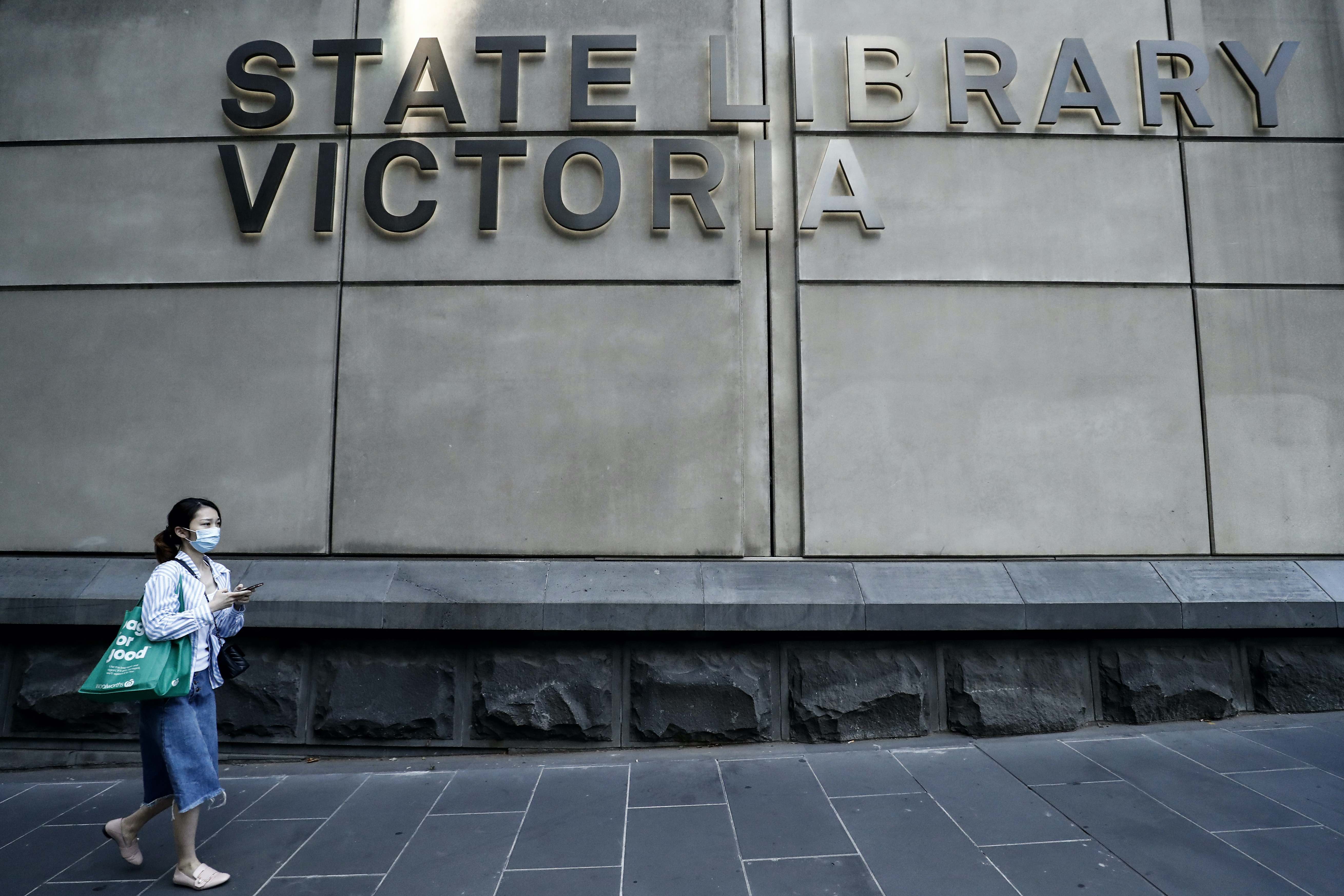
But what really matters is COVID-19 cases that cannot be traced to an already known case – as these signify a hidden community transmission. For the two weeks, 8 to 21 May, there were zero of these cases in Australian Capital Territory, Northern Territory, Western Australia, Queensland, Tasmania and New Zealand.
South Australia had two, but Victoria had 10 out of a total of 136 cases mostly associated to known outbreaks, while New South Wales had six out of a total of 41 total cases.
So, the winner in this race is the state or territory that makes it to 28 days with no apparent community-acquired infection.

Sciences & Technology
The danger of surveillance tech post COVID-19
Why?
Because this comfortably includes two incubation cycles of COVID-19, and we would assume that if COVID-19 was still circulating in the community that a symptomatic case would have popped up somewhere during this period.
Nothing is guaranteed, but modelling has suggested a 95 per cent probability of ‘elimination achieved’ if there are no community acquired cases after a month.
Depending on which way you look at the data and its quality – the Australian Capital Territory, the Northern Territory, Western Australia, Tasmania and New Zealand may have even crossed this finish line with 28 days with no community acquired case.
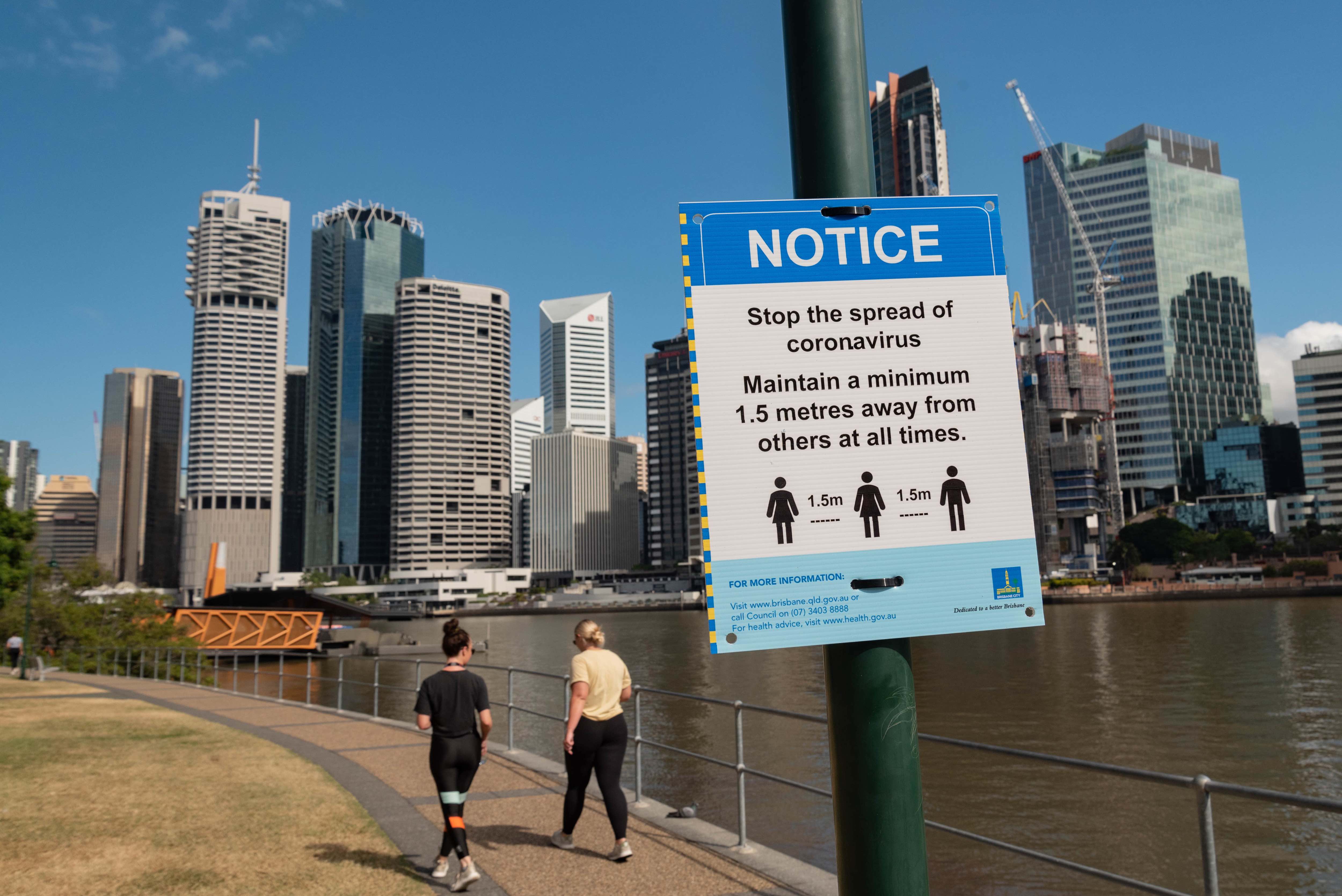
But is the elimination race worth winning? Even if you are not the first to it?
Yes - probably.
The advantages of elimination is that there are no direct COVID-19 illnesses and deaths and people return to near-normal life. It still won’t be entirely normal, because there will still be high vigilance required for any traveler to your state who brings the virus in with them.

Health & Medicine
Public trust and controlling COVID-19
So, surveillance systems must still be high and apps turned on. But in principle, your intra-state economy and social life can ’snap-back’.
Then, if two or more states achieve elimination, and they trust each other’s surveillance and border control, they can selectively open the borders to each other with little risk.
But what are the downsides?
Firstly, there’s the effort of achieving elimination – although many of the jurisdictions mentioned above are close or may have even crossed the line.
Secondly, you then (presumably) become isolated from the rest of the world that hasn’t managed to eliminate the virus, restricting tourism and some trade.
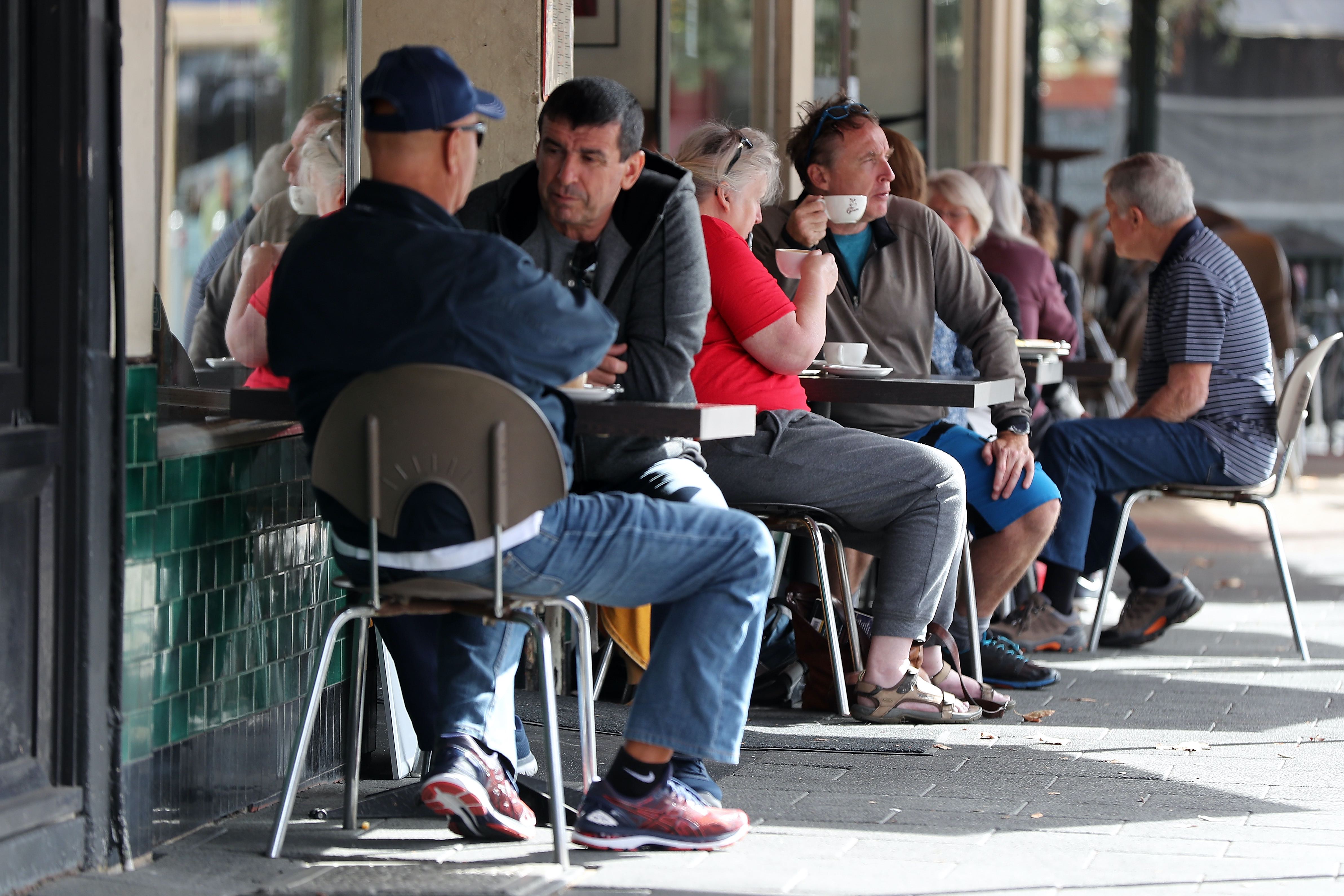
Thirdly, you have put all your eggs in the ‘vaccine exit-strategy’. This means if a vaccine fails to eventuate in a timely manner, you will be in for very long border control or switching to another strategy.
At this point in the pandemic, though, if elimination is in reach, we should reach out for it as the most likely best option.
And here lies the conundrum.
Throughout the whole pandemic, we’ve had many Premiers and state Chief Medical Officers (CMOs) talking elimination, while the Prime Minister and Chief Medical Officer talk suppression; language like “we need to learn to live with the virus”.

Politics & Society
Efficacy, ideology and COVIDSafe
This is where we accept low levels of virus circulation and find a balance in loosening up our physical distancing restrictions to the point where caseloads are manageable.
This suppression balancing act is the approach for most of the world, where elimination is simply not thought feasible as a result of porous borders and internal pressures to open up their economies.
Back in Australia, there are still two states with ongoing community transmission – New South Wales and Victoria. These two are bringing up the rear in the home straight of our COVID-19 horse race – and, frankly, look likely to pull up before the finish line.
But while partially resisting nudges from Canberra, New South Wales and Victoria are still slowly opening up.
Last week, New South Wales Premier Gladys Berejiklian announced that pubs and restaurants will be able to seat up to 50 patrons from 1st June, an “important, critical, big step”, but only be done with strict social distancing measures in place.
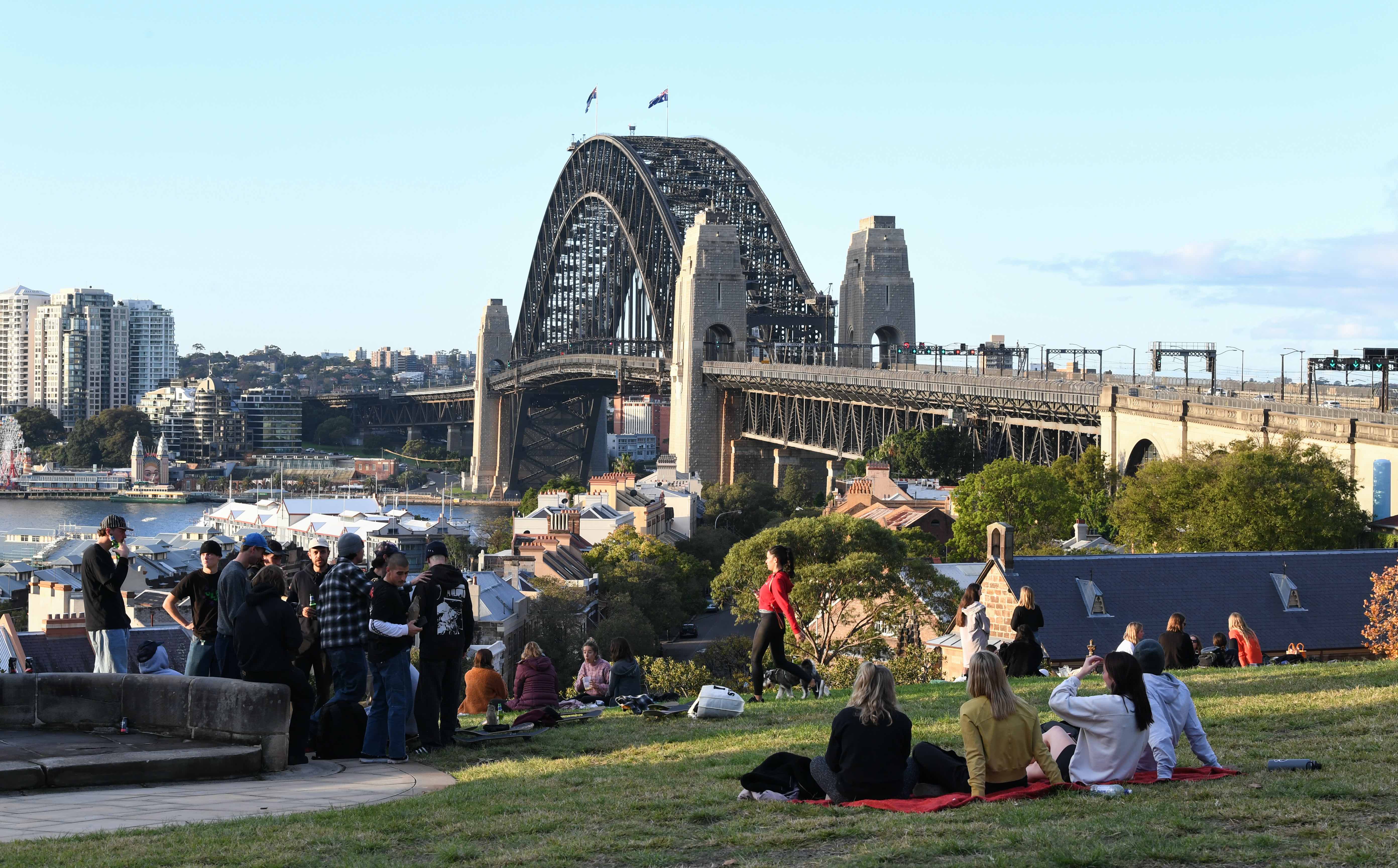
If New South Wales’ goal is elimination, then their strict social distancing will have to be very good – as this opening up is inconsistent with eliminating the virus.
So currently, New South Wales and Victoria look likely to be heading into suppression – unless counteracting controls such as excellent contact tracing, excellent early detection of cases, very widespread testing and perhaps everyone starts wearing masks can save the day.
Looking forward, it seems plausible that we could end up in a situation where New South Wales and Victoria are living in suppression-land with low-level community transmission of the virus, but all other states and territories (as well as New Zealand) have met the 95 per cent probability of having eliminated the virus and form a travel bubble that excludes New South Wales and Victoria.

Health & Medicine
Lessons for a future pandemic
That’s two of the biggest parts of the Australasian economy excluded and would be extraordinarily difficult to manage politically.
Should COVID-free states and territories accept travellers from New South Wales and Victoria? Could states like the Australian Capital Territory even control its border with New South Wales to prevent incursion?
Let’s take a look at another scenario. If the majority of Australia’s states and territories, and New Zealand, do achieve elimination and borders are protected, New South Wales and Victoria may be forced back into lockdown in a valiant attempt at re-elimination.
Or another one. All states and territories, and New Zealand, accept the low circulating suppression world and agree to let travellers from New South Wales and Victoria into their states.
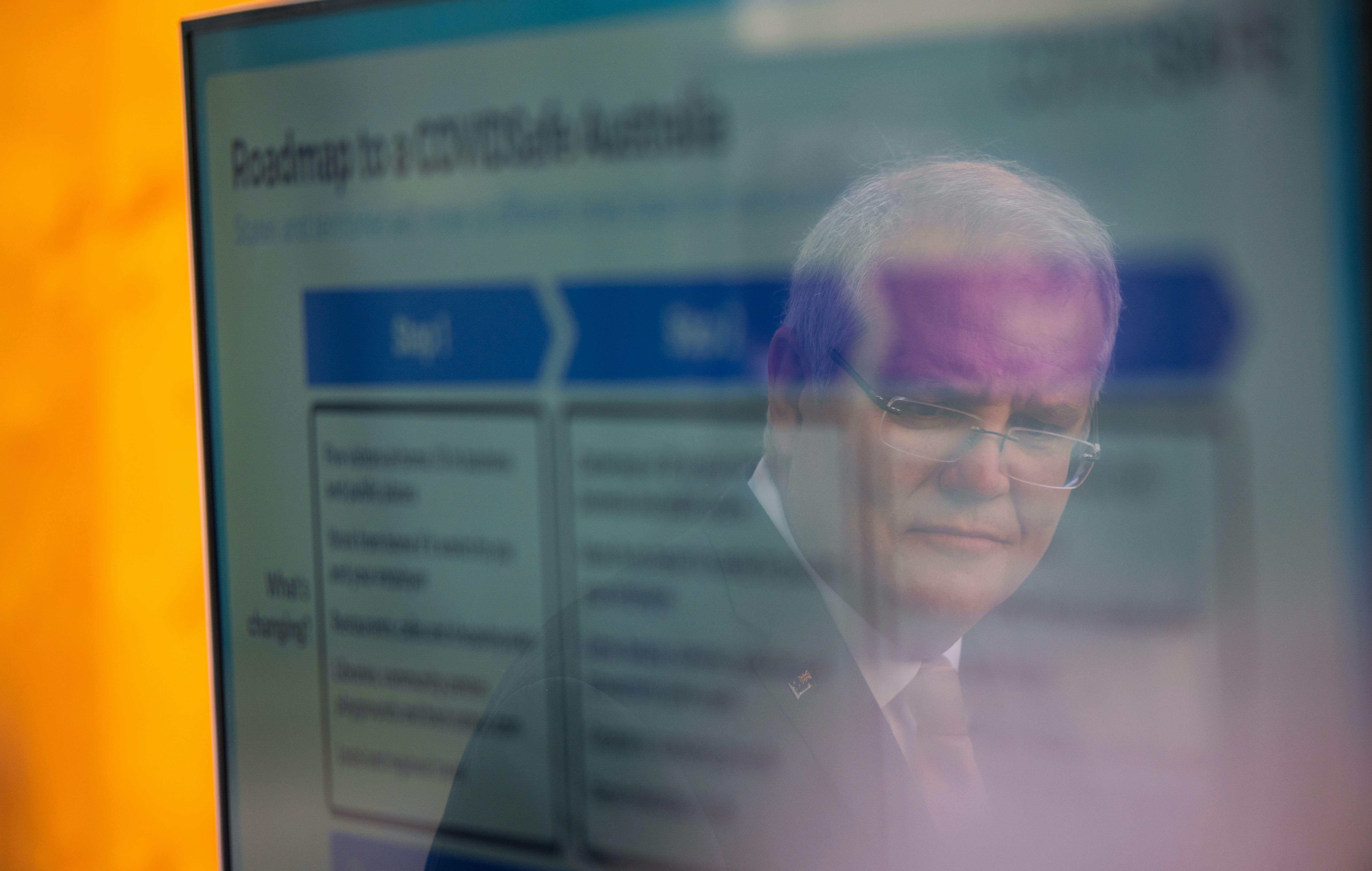
But then, if elimination is the goal, everyone could end up back at the starting line again if the virus is reintroduced and not immediately stamped out.
These are challenging issues, politically fraught and certainly not what people in New South Wales and Victoria want to hear.
But, let’s not forget, the conundrum faced by Australasia – and perhaps future travel-bubble-mate-states that eliminate in the Pacific and Asia – is a damn sight better than the reality of a likely second wave that many other countries may soon be experiencing.
I acknowledge contributions from Dr Jason Thomson and Professor Mark Stevenson at the University of Melbourne and Professor Nick Wilson at the University of Otago.
A version of this article was first published in The Sun-Herald.